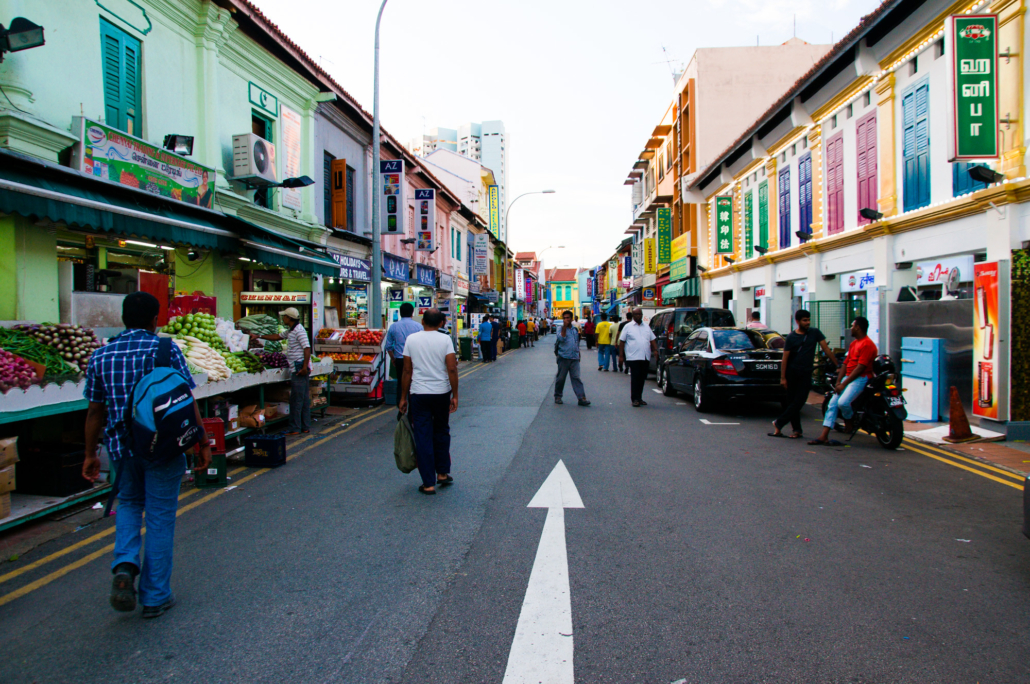Public Housing in Singapore and its Socioeconomic Benefits

Tucked in the bottom corner of Southeast Asia, Singapore is presenting a hopeful solution to addressing global poverty. Once known for its widespread slums and poverty, 80% of its population were squatting in unsafe conditions and makeshift homes. Now, 50 years later, 80% of the population has access to safe and secure public housing in Singapore, a long-term solution that has helped to address the problems of poverty.
Poverty in Singapore
Poverty still exists in Singapore because, despite strong support from the government, there is still a problem of inequality and high costs of living. However, considering that most of the population is living in affordable government-provided housing, and home ownership is one of the highest in the world at 88.9% home ownership in 2021, the country looks to be heading in the right direction.
Public Housing
The idea of public housing in Singapore began in 1959 following a realization that private housing was unable to keep up with the growing economy. This was resulting in overcrowding, racial tensions and poor living conditions, according to Bloomberg. Following this, the government set up the Housing Development Board (HDB) to address the problem and by 1965, 400,000 people had moved into government-funded housing.
By 1985, the government-owned 76% of the land in Singapore, compared to 31% in 1949 and this has allowed for the building of this system of cheap and efficient housing.
Although modest in size and design, these houses have proper security, running water and electricity, according to Billion Bricks. There are 23 self-contained towns that hold this public housing around the coast of Singapore. Buildings go through the process of standardization to create easy assembly and uniformity.
This system is consistently praised for its ability to address problems of poverty, whilst also creating socioeconomic growth through racial integration and sustainable awareness. The HDB has created social cohesion by building communities within the apartments through public spaces, mixed-ethnicity and mixed-income integration and public gardens.
The positive implications of this system are endless. Both social cohesion and access to housing have a positive impact as people live in environments of stability and security. Support for the government has also increased, as there has been an establishment of higher levels of trust between the people and the state. As a result, the commitment of the government to provide for the people has increased, with 2017 seeing $1.19 billion in spending on public housing, according to the World Bank.
This is all good news for Singapore. The small country has balanced social well-being, government control and security to address deep-rooted problems of poverty.
What is Next?
The public housing in Singapore is unique in nature, and while the 60 years of creation is not easily replicable, it does provide some indication of how important government planning and support are in addressing poverty and promoting socioeconomic improvements. The Singaporean approach could be a lesson, particularly on the importance of social integration, planning and innovative urban design.
– Daisy How
Photo: Flickr
